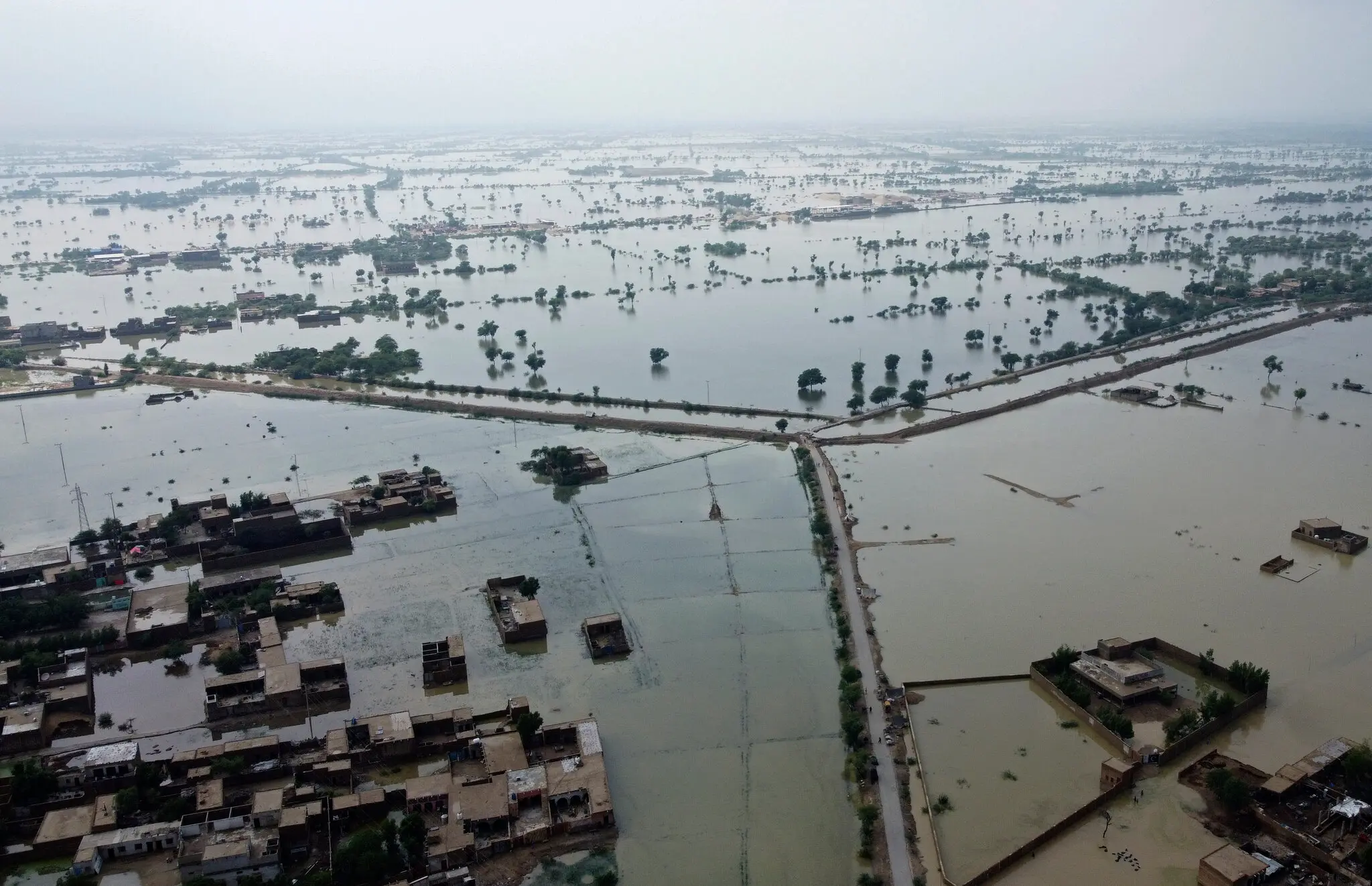
Pakistan is among world’s 10 most climate vulnerable country despite contributing only 0.9% to world’s total GHG emissions. This is because of Pakistan’s unique geographical location. Its neighbourhood is however characterized with world’s biggest production warehouses like China and giant industrial setup in India. Pakistan is grappling with the profound impacts of climate change, such as shifting weather patterns and catastrophic floods.
Unfortunately, the impacts of climate change are projected to escalate, with forecasts suggesting that climate-related events, environmental degradation, and air pollution may cause Pakistan’s GDP to shrink by 18-20% by 2050.
The alarming statistics underscore the need to address climate change, while mitigating the effects on people and their livelihoods. The catastrophic floods that ravaged Pakistan in 2022, expose another grim reality: climate change is not a distant threat but a present-day crisis with far-reaching consequences. Pakistan, with its vulnerable geography and limited resources, faces a daunting task in adopting to intensifying extreme weather conditions while mitigating the risks for the future.
Floods and Climate Change Nexus
Scientific evidence overwhelmingly links climate change to an increase in the frequency and intensity of extreme weather events like floods. Warmer temperatures accelerate the hydrological cycle, leading to heavier precipitation and more severe rains and consequent flooding. Pakistan is particularly susceptible to floods due to its reliance on the Indus River Basin, which is fed by glacial melt from the Himalayas. As global temperatures rise, glaciers are retreating at an alarming rate, increasing the potential for Glacial Lake Outburst Floods (GLOFs) and destabilizing river flows.
The 2022 floods, inundated roughly one-third of Pakistan and displaced millions, starkly illustrate the devastating human and economic toll of climate-induced disasters. Pakistan’s economy, heavily dependent on agriculture, got severely hit, with massive crop losses and damaged infrastructure. The long-term socio-economic impact will reverberate for years to come.
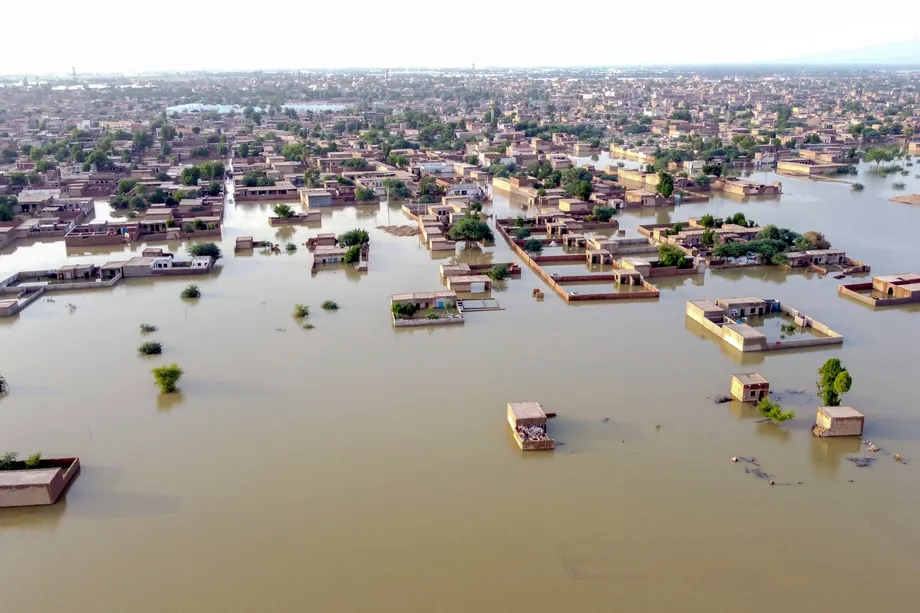
Floods and Climate Change: Pakistan’s Adaptation Imperative
In the face of escalating climate risks, Pakistan must urgently prioritize adaptation measures to enhance its climate resilience. This calls for a multifaceted approach encompassing the following key areas:
- Early Warning Systems – Investments in robust early warning systems are crucial for timely evacuations and disaster preparedness. Pakistan needs to build a comprehensive network of weather monitoring stations, flood forecasting models, and effective communication channels to disseminate alerts to vulnerable communities in apt timeframe.
- Climate-Resilient Infrastructure – Pakistan’s existing infrastructure is ill-equipped to withstand extreme floods. Upgrading dams, levees, and drainage systems remains essential. Additionally, adopting nature-based solutions such as wetland restoration and afforestation can mitigate flood risks by absorbing excess water and regulating water flows.
- Land-Use Planning and Zoning – It is critical to re-evaluate land-use patterns and enforce strict zoning regulations to prevent construction in high-risk floodplains. Relocating communities away from vulnerable areas may be needed in some cases.
- Disaster Risk Reduction (DRR) Strategies – Strengthening community-level disaster preparedness is vital. This includes developing emergency response plans, conducting evacuation drills, and raising awareness about flood risks and coping mechanisms.
- National Climate Change Policy – The National Climate Change Policy (NCCP) is a landmark document in the response paradigm of Climate Change response in Pakistan. If implemented properly, it will comprehensively address all possible challenges of Climate Change adaptation and mitigation; and sure to provide rock solid foundational framework for ensuing Climate Change Action Plans, Programs and Projects.
- National Adaptation Plan – Pakistan for building resilience to climate change has begun the process of developing a National Adaptation Plan. Pakistan will be using the National Adaptation Plan process and its outcomes to enhance the adaptation elements of the Nationally Determined Contributions (NDCs), a central aspect of the 2015 Paris Agreement.
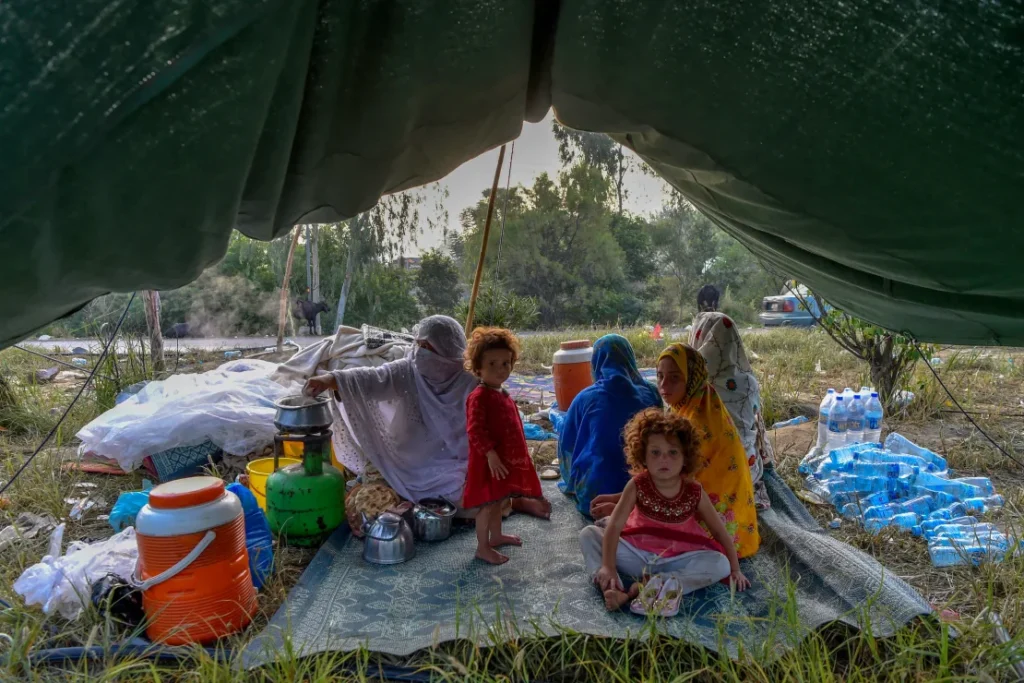
The Path to Mitigation
While adaptation is a top priority, Pakistan must also play a role in global climate change mitigation efforts to curb the root cause of the problem. Some aspects meriting attention are:
- Transition to Renewable Energy – Pakistan needs to reduce its reliance on fossil fuels and accelerate the shift towards renewable energy sources like solar, wind, and hydropower. This will decrease greenhouse gas emissions and support sustainable development.
- Sustainable Agriculture – Adopting climate-smart agricultural practices, such as drought-resistant crops, efficient irrigation systems, and conservation agriculture, can improve resilience and contribute to reducing emissions.
- Combating Deforestation – Protecting existing forests and reforestation efforts is essential for carbon sequestration and watershed protection, helping to mitigate both floods and droughts.
The Role of International Collaboration
Pakistan cannot tackle this monumental challenge alone. International support and technology transfer are vital to accelerate adaptation and mitigation efforts.
- Climate Finance – Developed countries need to fulfill their pledge of providing $100 billion annually to help developing nations for coping with the challenges of climate change. Pakistan must be allocated fair share of funds for adaptation and resilience-building projects. It has already field its bid at COP-28.
- Technology Transfer – Pakistan needs access to advanced technologies for early warning systems, climate modeling, and resilient infrastructure development. Collaboration with developed nations on research and development should be expedited.
- Loss and Damage Mechanisms – There’s a growing need for a global mechanism to address loss and damage caused by climate change that exceeds the capacity of countries to adapt. Pakistan should continue its advocacy for fair compensation and support in the ongoing international negotiations followed by COP-28.
The path ahead for Pakistan is fraught with challenges but also affords akin opportunities. By embracing bold adaptation measures, pursuing climate-resilient development, and fostering international cooperation, Pakistan can safeguard its people and build a climate resilient environment.




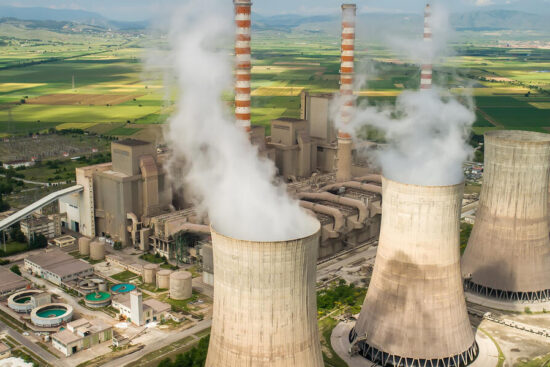
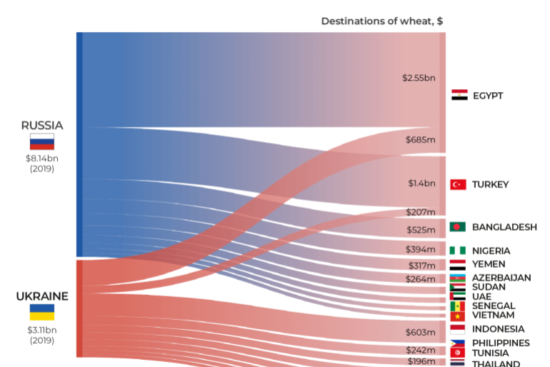












Leave a Reply